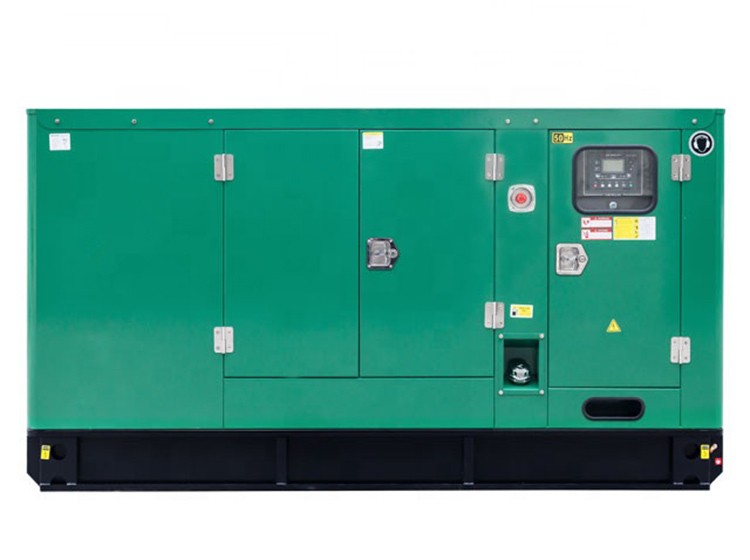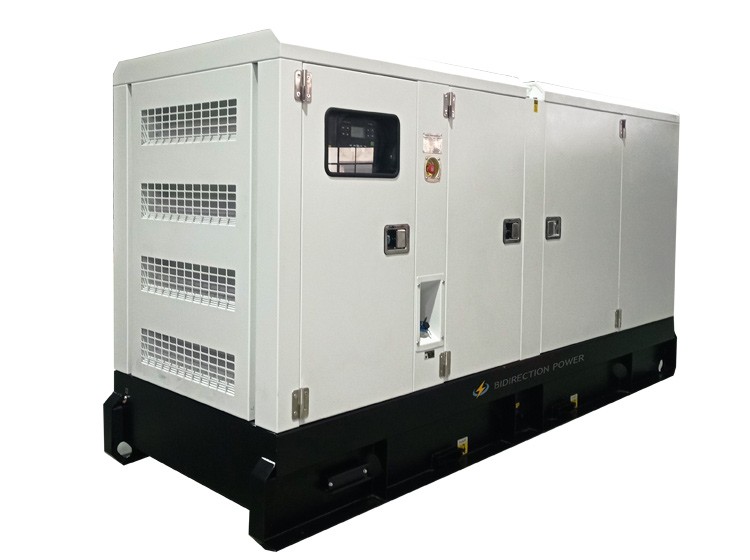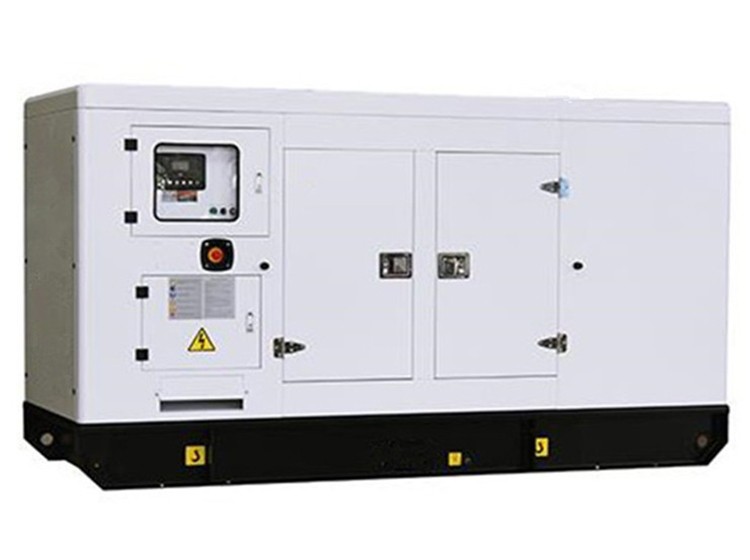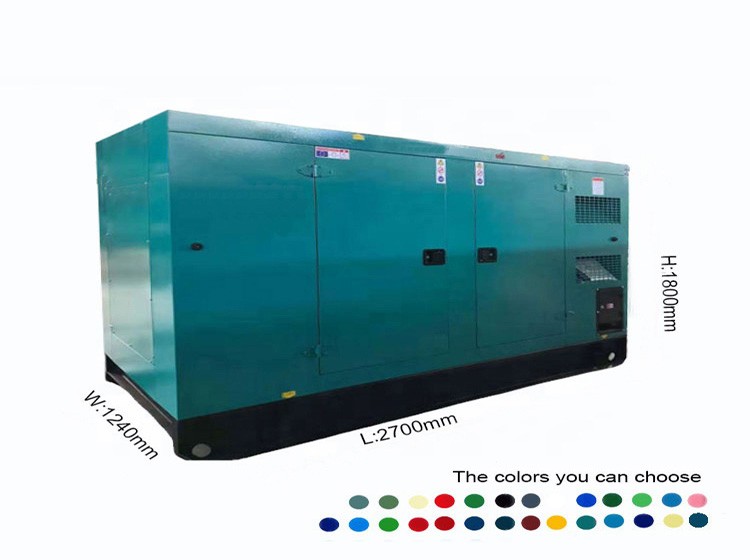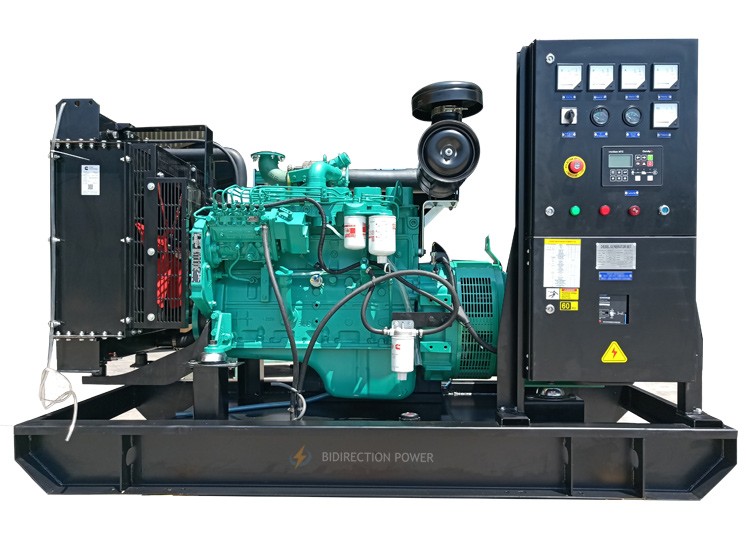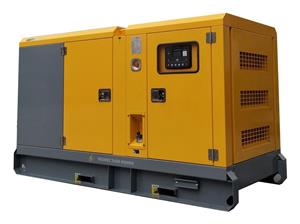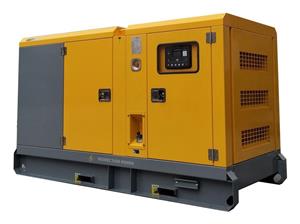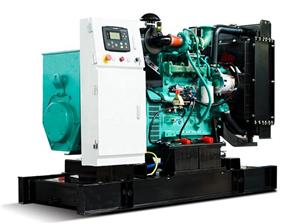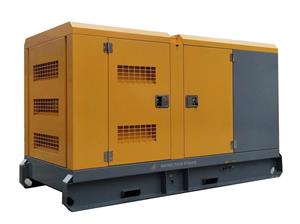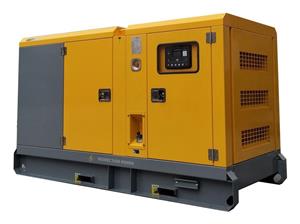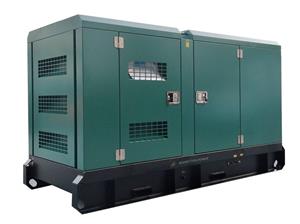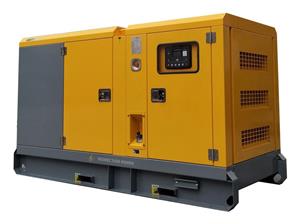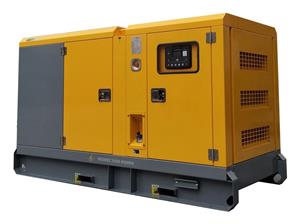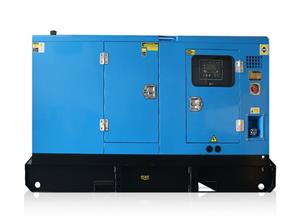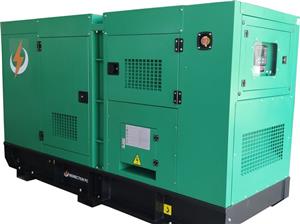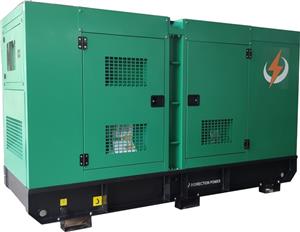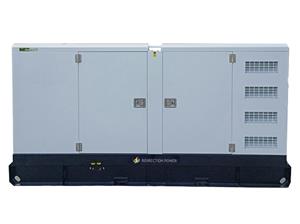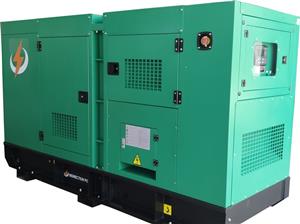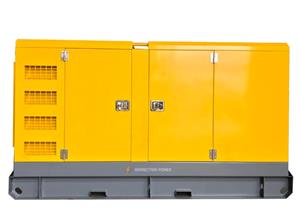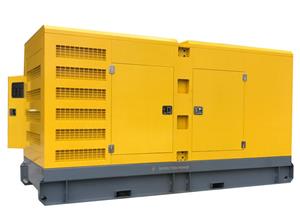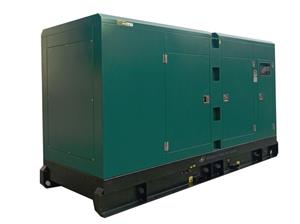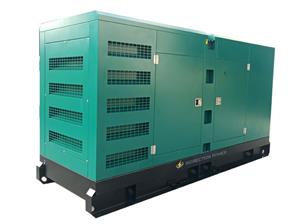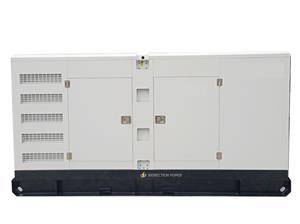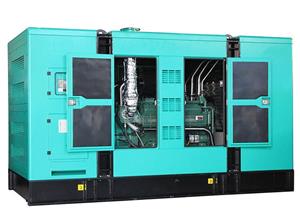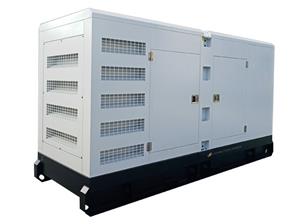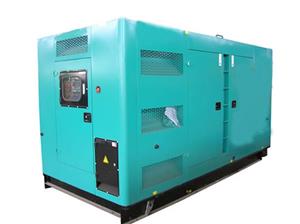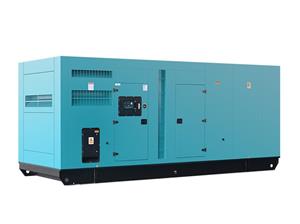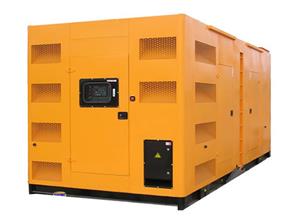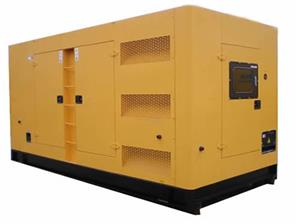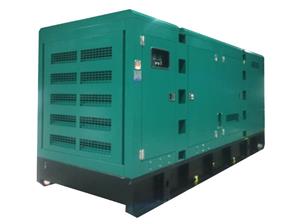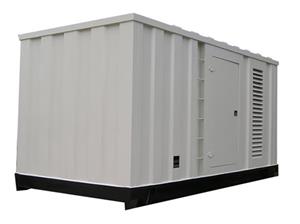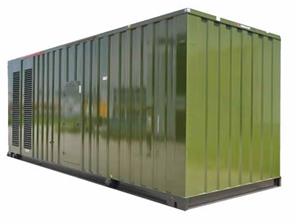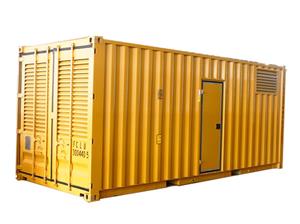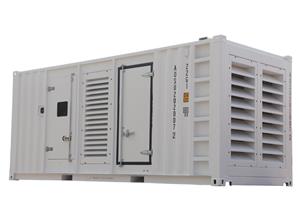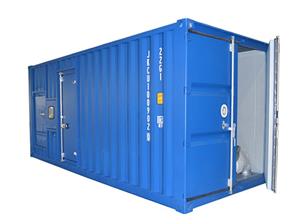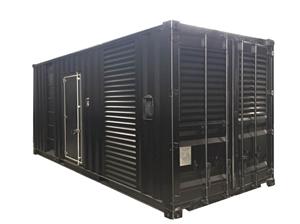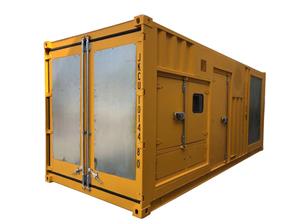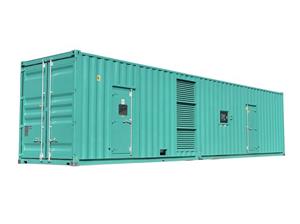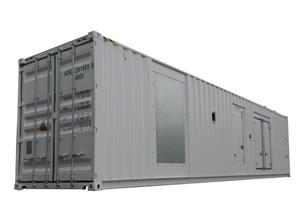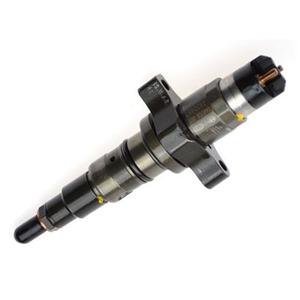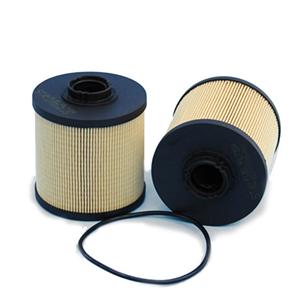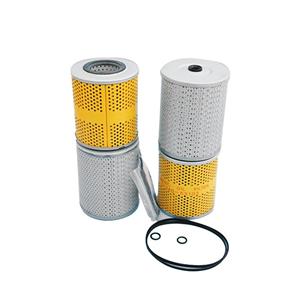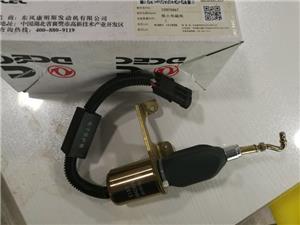C Series 175 kVA DG Set 50Hz

- Bidirection Power
- Cummins China
- 30 - 45 days
- 1000 sets
C Series 175 kVA DG Set 50Hz is powered by Cummins diesel engine 6CTA8.3-G1 which has many features as compact size, low fuel consumption, low vibration, low noise, low maintenance, high parts commonality & long service life, providing powered diesel gensets with great transient response, wide application, high economic efficiency & high reliability and meeting the small or medium power (prime or standby) demand on residential use, small shops, small projects and other fields. Cummins serves customers with International Warranty Services (IWS).Diesel engine generator set emissions related to environment.
The exhaust gas emitted by dg set contains gaseous, liquid and solid pollutants. Gaseous pollutants contain CO2, CO, H2, NOx, SO2, HC, oxides, organic nitrides and sulfur-containing mixtures, etc.; liquid pollutants contain H2SO4, HC, oxides, etc.; solid pollutants include carbon, metals, Inorganic oxides, sulfates, and hydrocarbons such as polycyclic aromatic hydrocarbons (PAH) and aldehydes.
Among the above-mentioned pollutants, the most important ones are CO, HC, NOx and particulate solids (PM). CO is a colorless and odorless gas produced by incomplete combustion of diesel; HC is also a product of incomplete combustion of diesel and quenching of the cylinder wall; NOx is the general term for NO2 and NO, which are generated by excessive air and high temperature during combustion Nitrogen combustion product, NO is oxidized to NO2 in the air, NO2 is reddish brown and has a strong smell; PM is a visible pollutant in the exhaust gas, it is the carbon (dry soot) cracked in the combustion of diesel, unburned The particulates composed of hydrocarbons, engine oil and sulphate generated when diesel fuel is burned are the black smoke that we usually emit from the exhaust pipe. Compared with gasoline engines, diesel engine generator set emit less CO and HC, and the main pollutants emitted are NOx and PM.
After entering the human body through the respiratory tract, CO binds to hemoglobin, destroys the oxygen exchange mechanism in the blood, causes hypoxia and damages the central nervous system, causing headaches, vomiting, coma, and dementia. In severe cases, it can cause CO poisoning.
HC contains many carcinogens, long-term exposure can induce lung cancer, stomach cancer and skin cancer.
NO2 irritates human eye mucous membranes, causing conjunctivitis and keratitis. Inhalation of the lungs can also cause pneumonia and pulmonary edema.
HC and NOx will produce photochemical smog when exposed to ultraviolet rays when the sun is strong, making people difficult to breathe, yellowing and falling leaves of plants, and accelerating the aging of rubber products and buildings.
PM can cause chronic diseases such as asthma, bronchitis and emphysema after being inhaled into the human body; PAH and other organic matter adsorbed on soot particles are extremely harmful carcinogens.
2. Emission standards for dg genset
In order to control waste pollution, many countries have formulated corresponding environmental protection regulations and technical policies for the prevention and control of pollutants discharged, as well as technical supervision standards for controlling the limits of discharged pollutants. The emission standards for the EU diesel engine steady state test (test procedure ESC) are shown in the attached table.
The country has implemented "Compression ignition engine and vehicle equipped with compression ignition engine exhaust pollutant limits and test methods (GB17691-1999)" in 2000, "Compression ignition engine and vehicles equipped with compression ignition engine can be seen Pollutant limits and test methods (GB3847-1999)" and other emission standards. These mandatory national standards are equivalent to adopting all the technical content of the United Nations Economic Commission for Europe (ECE) related to automobile emission control, which means that my country's emission requirements for new cars have reached the level of Europe in the early 1990s, which is more than the old national standards.
With the continuous deepening of environmental protection and atmospheric treatment in China, while strictly controlling automobile exhaust pollution, the exhaust emissions of off-road mobile equipment such as construction machinery and construction machinery have also attracted more and more attention. Off-highway motorized equipment is a general term for various engineering machinery and equipment, engineering vehicles, ships and generator sets. It includes outdoor power equipment, recreational vehicles, agricultural machinery and construction machinery, garden machinery, water ships, locomotives, aviation (sky) aircraft, etc. The engines they use are called off-highway engines, and the types include compression ignition engines (CI, or diesel engines) and spark ignition engines (SI, or gasoline engines), which emit nitrogen oxides (NOx), carbon monoxide (CO), The total amount of harmful substances such as hydrocarbons (HC) and particulate matter (PM) is almost equivalent to the total annual emissions of road vehicle engines (take the United States as an example). Diesel engines are widely used because of their high thermal efficiency. Off-highway diesel engines are the main part of the off-highway engine market, mainly used in agricultural machinery (such as tractors), construction machinery (such as excavators, loaders, bulldozers), material handling machinery (such as forklifts) and multi-purpose equipment (such as generator sets, pumps) )Wait. Among off-road diesel engine emissions, NOx and PM are the most serious, accounting for approximately 20% and 36% of total NOx and PM emissions, respectively. Among the emissions of diesel engines, except for 99.7% (75.7% of N2, 10% of CO2, 8% of water vapor and 6% of O2) which are harmless to humans, the remaining 0.3% (0.2% of NO, 0.01%) The NO2, 0.03% HC, 0.05% CO, 0.01% SO2 and less than 0.01% PM) are all harmful substances, which are the main culprits in the formation of acid rain and the destruction of the ozone layer. As human beings pay more and more attention to the environment, eliminating diesel engine exhaust pollution has become a major topic of concern. Therefore, developed countries have taken diesel engine pollution emissions as one of the important content of environmental governance, and have formulated corresponding emission standards for highway motorized equipment.
The pollutants emitted by diesel engines mainly include sulfides, hydrocarbons, nitrogen oxides, carbon monoxide and particulate matter. When they reach a certain concentration, they will all endanger human health.
Sulfide: The formation of suspended particulate matter, also known as aerosol, enters the lungs with human breathing, and has direct damage to the lungs.
Hydrocarbons: Many are toxic, some of which are even potential carcinogens. In addition, under strong sunlight, with the presence of nitrogen oxides, hydrocarbons will react, generating ozone near the ground, which may cause photochemical smog pollution.
Nitrogen oxides: can react with moisture, ammonia and other compounds in the air to generate fine particles containing nitric acid, which affect the respiratory system and damage lung tissue.
Carbon monoxide: The affinity with heme in human blood is 210 times that of oxygen, and heme is responsible for delivering oxygen to human organs and tissues. Hemoglobin and carbon monoxide combine to produce carbon monoxide. Hemoglobin loses the function of transporting oxygen, so that the oxygen supply of human organs and tissues is insufficient, which is particularly harmful to patients with heart disease and respiratory diseases.
Particulate matter: According to its diameter, there are total suspended particulate matter (TSP), PM10 (less than 10 microns in diameter) and PM2.5 (less than 2.5 microns in diameter). The latter two are also collectively called respirable particulate matter because they can enter The human respiratory system, even into the deepest part of the lungs, can cause or aggravate asthma, acute respiratory symptoms such as coughing, breathing difficulties or breathing pain, and chronic bronchitis.
The results of a large number of epidemiological studies at home and abroad have shown that every increase in atmospheric PM10 concentration by 10 μg/m3 may be related to an increase of about 0.5% in the total population mortality; every increase in atmospheric nitrogen dioxide concentration by 10 μg/m3 may be Related to a 1% increase in the overall mortality rate of the population.
| C Series 175 kVA DG Set 50Hz Specification | |||
| Generator Model | BP-C175 | Engine Model | Cummins 6CTA8.3-G1 (DCEC) |
| Standby Power | 175kVA/140kW | Prime Power | 160kVA/128kW |
| Frequency | 50Hz | Rotational Speed | 1500rpm |
Engine Specification for C Series 175 kVA DG Set 50Hz | |||
| Governor | Mechanical | Weight | 637KG |
| No. of Cylinders | 6 | Aspiration | Turbocharged & Aftercooled |
| Displacement | 8.3L | Fuel System | BYC PB Direct Injection |
Hourly Fuel Consumption (100% Output Power) | 42L | Minimum Required Oil Capacity | 27.6L |
| Power Range | 163-180kW | Horse Power Range | 218-241 |
Cummins 6CTA series engines are all with features as compact size, low fuel consumption, low vibration, low noise, low maintenance, high parts commonality & long service life, providing powered diesel generator sets with great transient response, wide application, high economic efficiency & high reliability, and meeting the small or medium power (prime or standby) demand on residential use, small shops, small projects and other fields.
Dimension: 2420mm*950mm*1530mm (Open type); 3280*1080*1765mm (Silent type)
Weight: 1690 kg (Open type); 2260 kg (Silent type)
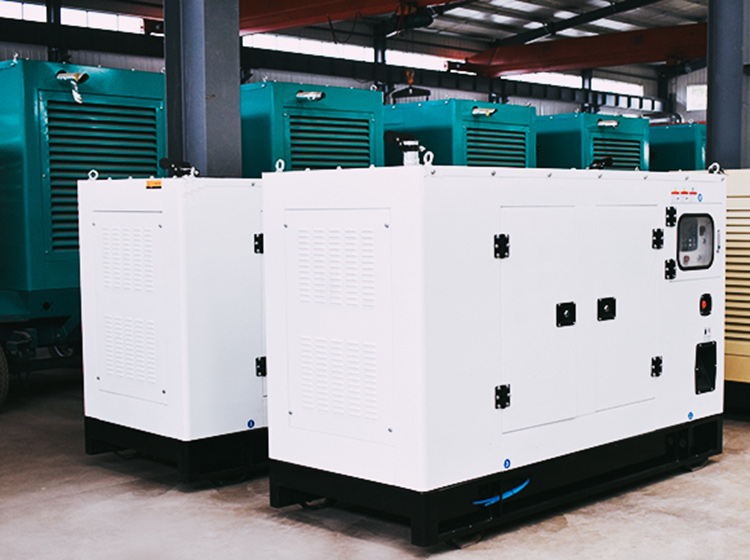
The above 175 kVA generator specification could show the environmental type to customers.
Reducing pollutant emissions from power genset and improving air quality in the working environment can increase work efficiency and reduce the incidence of diseases.
There are many types of generator sets, and there are different types of generator sets according to different standards. 1. Divided by power source: diesel generator sets, gas generator sets, gasoline generator sets, wind generator sets, solar generator sets, hydroelectric generator sets, coal-fired generator sets, etc. 2. Electric energy mode: According to the converted electric energy mode, i...more


